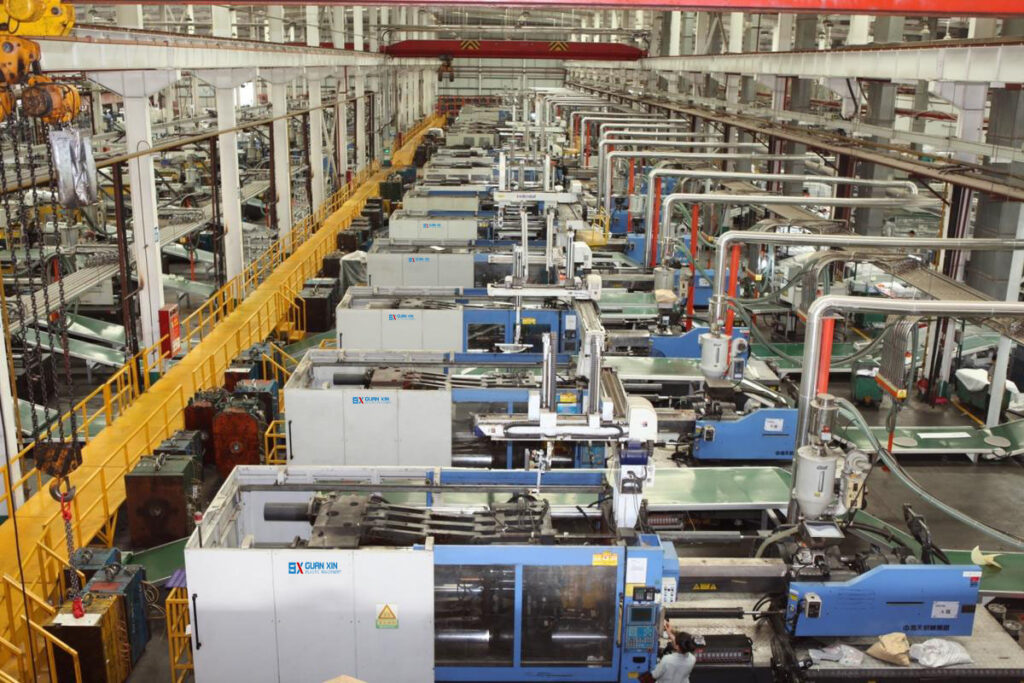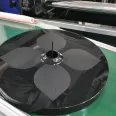Projection area in plastic injection molding is a method used in injection molding to determine the clamping force required to hold the mold closed during the injection process. The projected area is the area of the part perpendicular to the direction of the clamping force, and it is used to calculate the force needed to keep the mold closed as the molten plastic is injected into the mold.

During the injection molding process, the molten plastic is injected into a mold cavity under high pressure. The mold is held closed by a clamping unit that applies a force to keep the two halves of the mold together. The amount of force required to hold the mold closed is determined by the projected area of the part being molded and the pressure of the molten plastic.
To calculate the projected area, the part is analyzed and the area of the part that is perpendicular to the direction of the clamping force is measured. This area is then used to calculate the force required to hold the mold closed during the injection process. The clamping force is typically calculated using the following formula:
Clamping force = Projected area x Injection pressure
The injection pressure is the pressure at which the molten plastic is injected into the mold, and it is usually measured in pounds per square inch (psi) or kilopascals (kPa).
The projected area method is important because it ensures that the mold is held securely closed during the injection process, preventing any leaks or deformations in the part being molded. It also helps to ensure that the mold is not damaged during the injection process, which can result in costly repairs and downtime.
In summary, projected area injection molding is a method used to determine the clamping force required to hold the mold closed during the injection process. It is an important aspect of injection molding that helps to ensure high-quality, defect-free parts.
